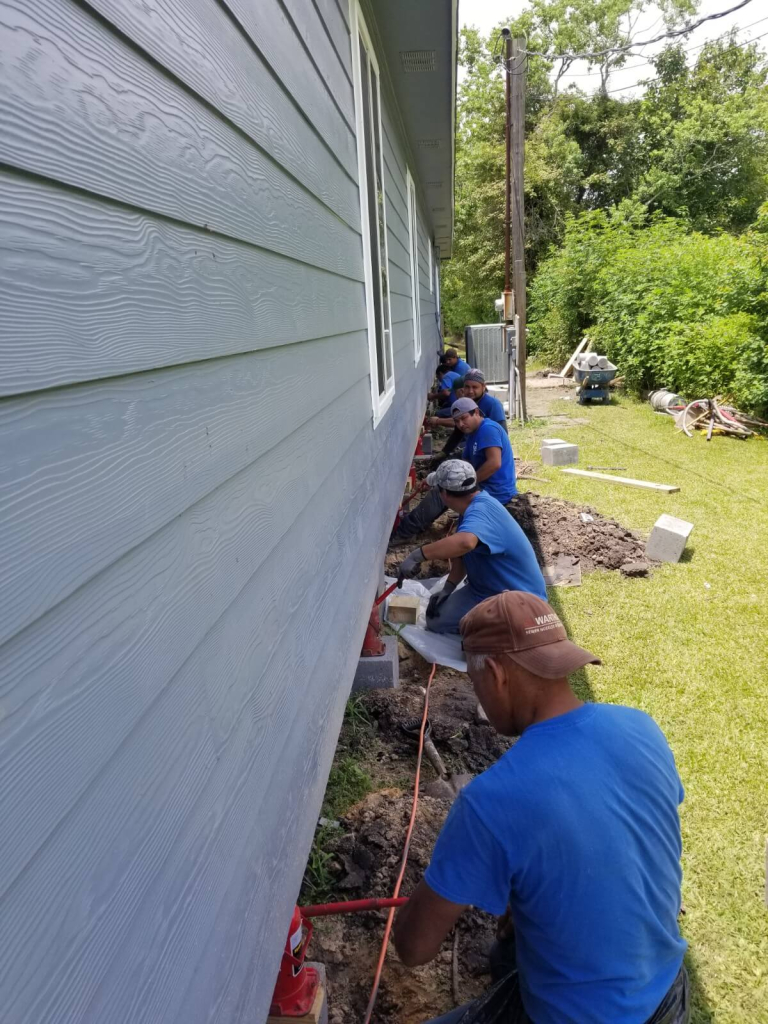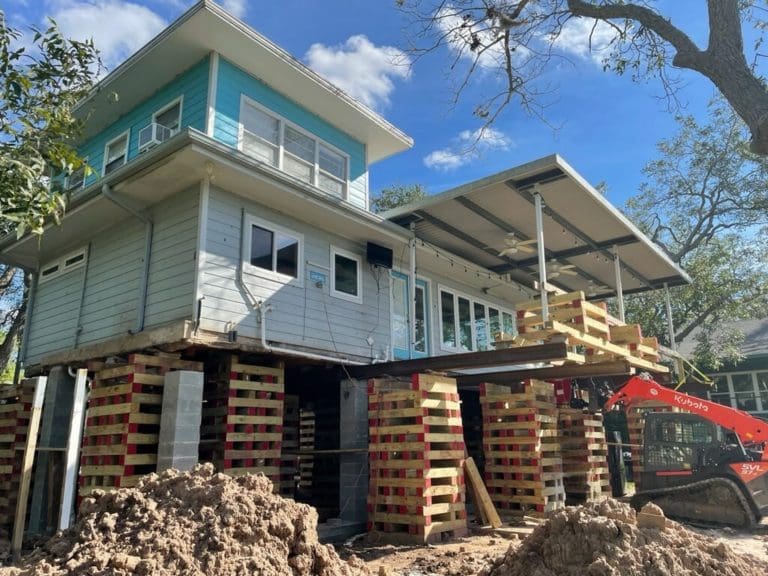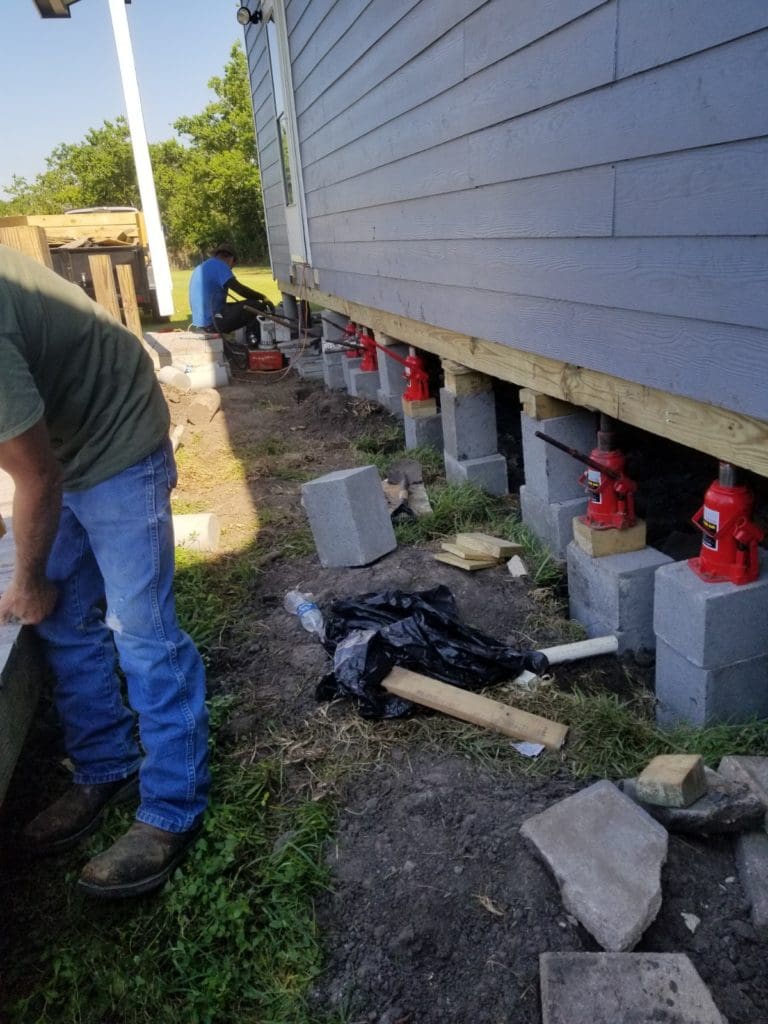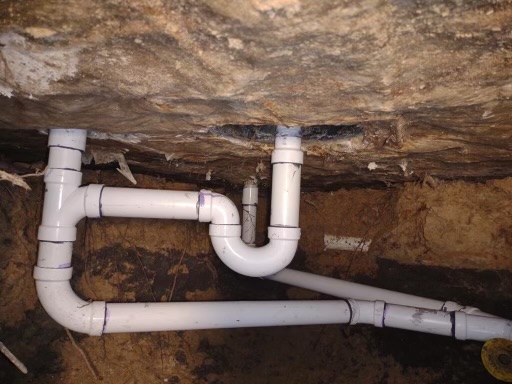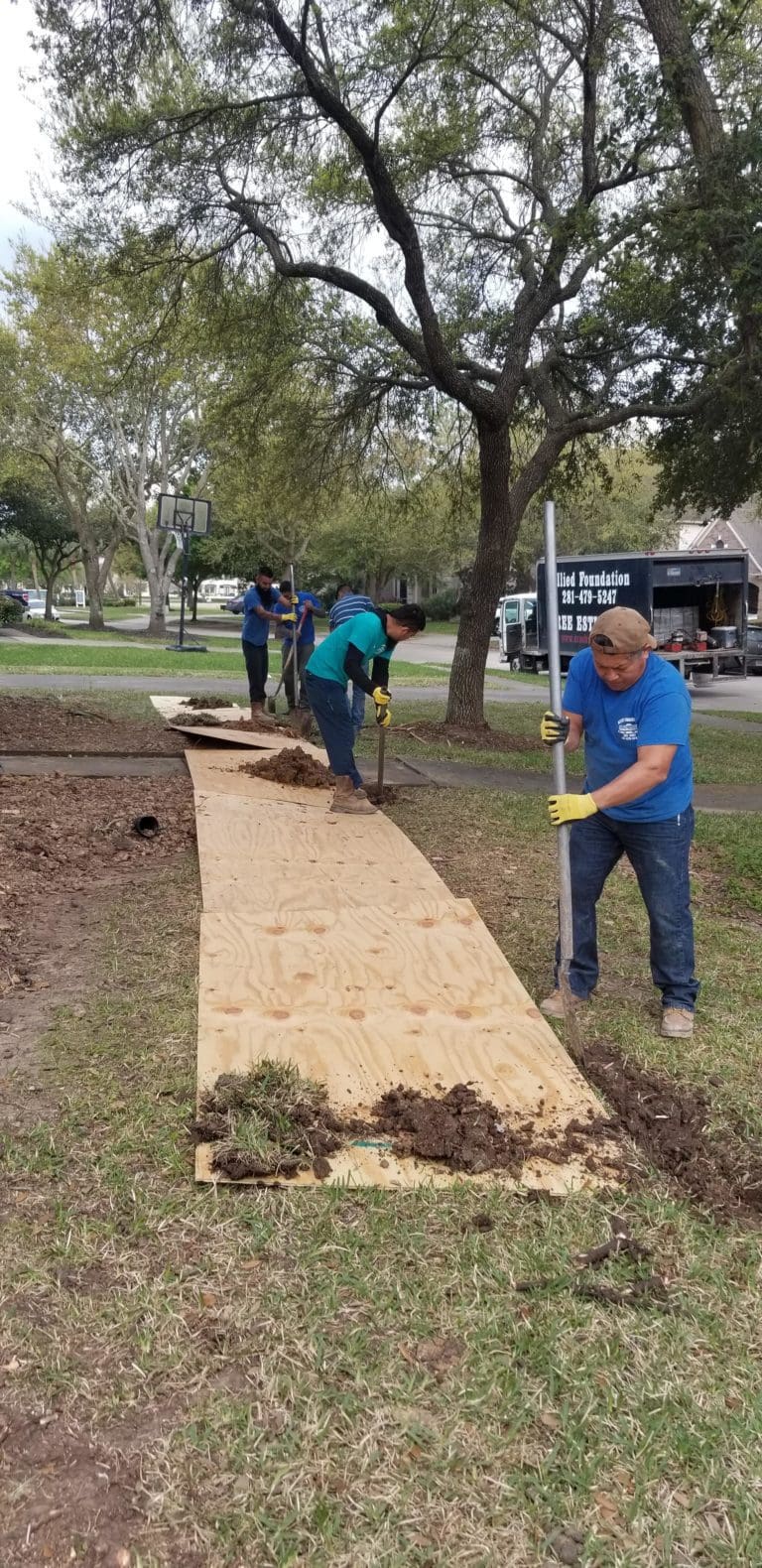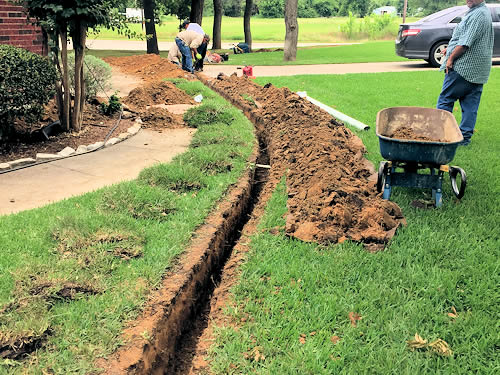Comprehensive Foundation Repair Services In Houston


Foundation Repair can eventually be necessary for a homeowner due to our extreme climate changes. Seasonal drying or drought-like conditions that sometimes occur in Houston and surrounding areas can cause the soil around your home to shrink. Excessive rain can make it swell. The shifting and moving of the ground below stress the foundation and eventually cause cracks in the foundation.
Signs to Look For in Your Home
- Cracks in sheetrock
- Doors sticking
- Frame pulling away
- Gaps around windows
- Separation in brick
- Plumbing leaks


If you find any of these problems, call us at Allied Foundation for your free consultation and estimate. We will conduct a step-by-step analysis of the interior and exterior of your home to determine if a foundation problem is present. When you need a Houston foundation repair expert, call Allied Foundation.
At Allied Foundation, we have extensive knowledge of the unique soil properties found in Houston, Texas, and surrounding cities. We offer a comprehensive solution approach to any foundation repair. We know your home is one of your top investments, and we are here to help ensure the protection of that investment! The first step in our foundation repair process is to determine the severity of the repairs.
The First Signs of Possible Foundation Problems
- Cracks found in the interior walls
- Doors that do not close properly or stick
- Windows that open and close with difficulty
- Rise or sink in the foundation floor
- Cracks found in the concrete beam below the siding or bricks of your home
- Separation of wood trim at exterior corners
- Separations of brick adjacent to wood surfaces at the side of garage doors or chimney

A Driven Concrete Pier
Solid concrete piers are driven to a “point of refusal”. Hydraulic jacks are then placed on concrete pads to level the foundation. The lift is then secured by blocks and shims.

A Pile Guard Pier
Hardened mold-formed polymer joint guards are used to connect the concrete piers driven to a “point of refusal”. With these in place, a positive alignment and interlock is assured for a lifetime-guaranteed repair.

Foundation Repair Tips
Houston homeowners can help avoid foundation repairs by keeping their foundations damp. The easiest way to do this is to invest in soaker hoses that can be placed around your home’s foundation. Watering your foundation during dry or drought-like conditions can greatly decrease the chances of foundation problems.
During the wetter season, it is imperative to have a drainage system around your property that allows the water to drain away from your home. If the home’s soil that supports the foundation becomes too wet, then the foundation can lose support. This can eventually cause damage to your foundation.
